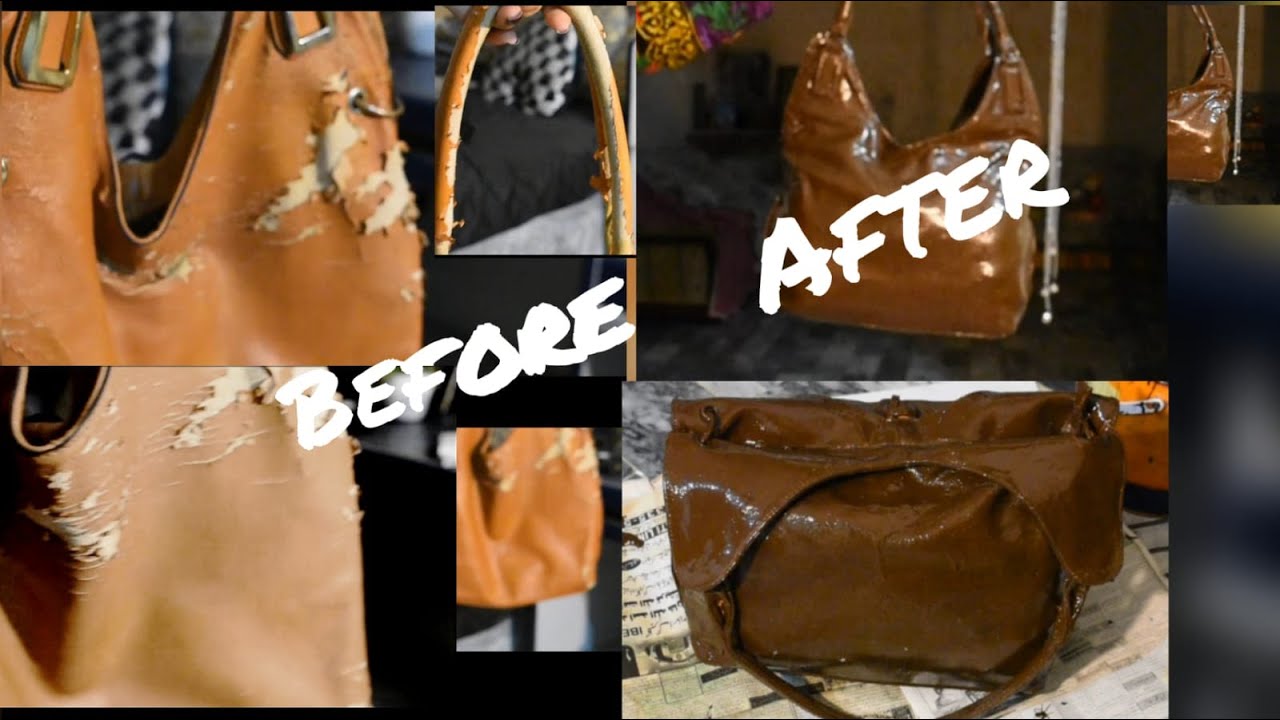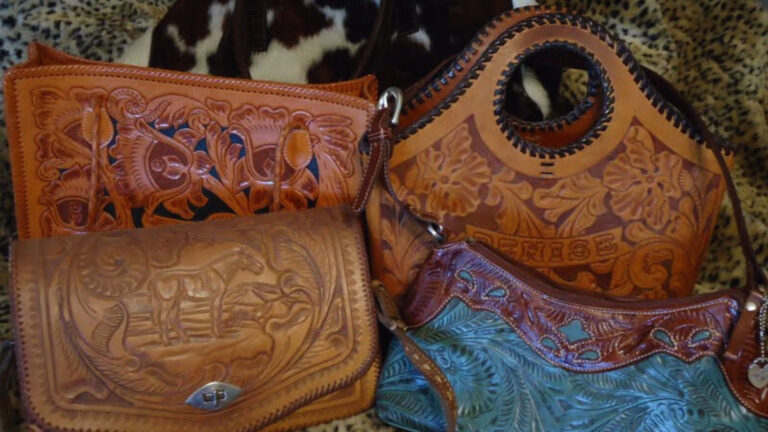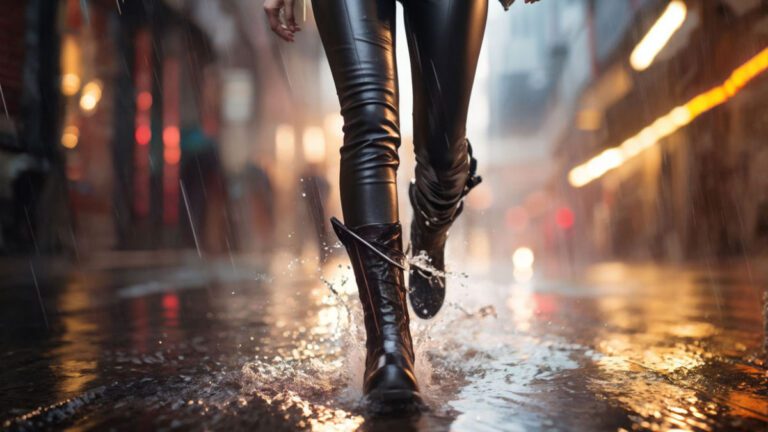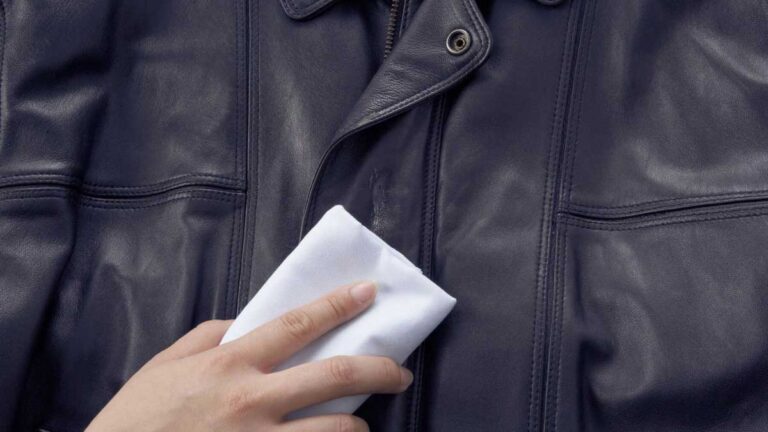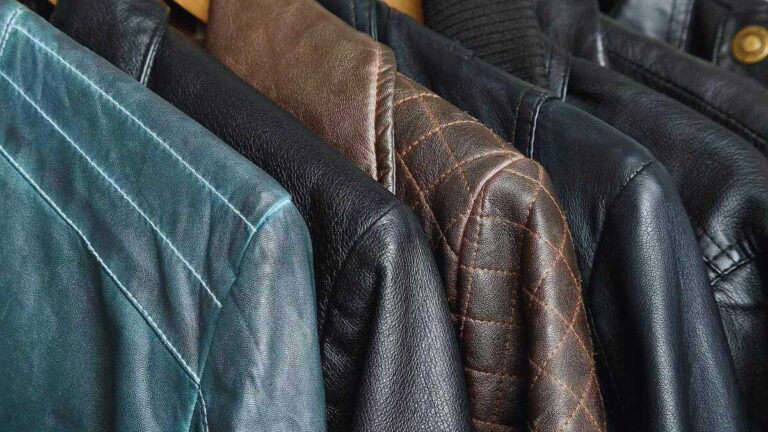How to Fix Leather Bag Peeling and Restore Finish
Understanding Leather Peeling
If your cherished leather bag shows signs of peeling, understanding the root causes and types of leather prone to this issue can help you address and prevent it in the future.
Causes of Peeling Leather
Several factors can contribute to the peeling of leather. Often, it is the finish or sealant on the leather surface that cracks and peels, rather than the leather itself (MAHI Leather). The main causes include:
- Dryness: Quality leather needs regular moisturizing and conditioning. Without this care, it can dry out, leading to cracks and peeling. Low humidity levels can exacerbate the issue by drawing moisture from the leather, making it brittle.
- Improper Cleaning Products: Using unsuitable cleaning products, especially those containing solvents or chemicals like baby wipes, can damage the leather’s finish and cause peeling.
- Wear and Tear: Over time, regular use and exposure to elements can wear down the protective layer on the leather, leading to peeling.
Maintaining the quality of your leather bag involves proper care and the use of appropriate cleaning products. For more on cleaning techniques, visit how do you clean a leather bag.
Types of Leather Prone to Peeling
Not all leather is created equal, and some types are more prone to peeling than others. Here are the main types of leather that tend to peel:
| Type of Leather | Prone to Peeling |
|---|---|
| Quality Leather | Less likely if properly maintained |
| Bonded Leather | Highly prone |
| Synthetic Leather | Prone |
-
Quality Leather: When well-maintained, quality leather can last for decades and age beautifully, developing a unique patina. Proper care can prevent it from peeling (MAHI Leather). To learn more about maintaining high-end leather brands, see are Coach bags real leather and are Louis Vuitton bags leather.
-
Bonded Leather: Bonded leather, a cheaper alternative, is crafted from recycled leather scraps bonded together with a strong adhesive and a polyurethane (PU) overlay. This type lacks the elasticity of genuine leather and is highly prone to cracking and peeling. The synthetic PU layer can easily peel away from the leather once it reaches its stretching point.
-
Synthetic Leather: Synthetic leather, made entirely from non-natural materials, is also prone to peeling due to its composition. It’s a more affordable option but lacks the durability and longevity of real leather.
Understanding the properties and care requirements of different types of leather can help you make informed decisions about your leather bags. For tips on how to restore leather, check out how to restore leather bag. For specific needs like removing stains, visit how to get rid of stain on leather bag.
Proper knowledge of the types of leather and their care can keep your bags looking elegant for years. For more detailed guides on maintaining different types of leather bags, explore our articles on how to clean a Michael Kors leather bag and how to clean a Coach leather bag.
Preventing Leather Peeling
To ensure the longevity and pristine condition of your leather bag, preventing peeling is essential. Proper maintenance and avoiding harmful factors can make a significant difference.
Proper Leather Care
Taking proper care of your leather can prevent it from drying out, cracking, and eventually peeling. Here are some steps to maintain your leather bag:
- Moisturize and Condition Regularly: Leather, much like skin, needs to be kept hydrated. Use quality leather moisturizers and conditioners regularly to keep the leather supple and prevent it from drying out (MAHI Leather).
- Clean Your Leather Bag Appropriately: Dust and dirt can accumulate and cause damage to leather over time. Cleaning your bag with suitable leather cleaners is necessary. Check our guide on how to clean a leather bag for detailed instructions.
- Monitor Humidity Levels: Low humidity can cause leather to become brittle. Consider using a humidifier if you live in a particularly dry area to maintain the moisture level around your leather bags (High On Leather).
- Protect From Sunlight and Heat: Exposure to direct sunlight or heat sources can dry out and damage leather. Store your bag in cool, shaded areas.
| Maintenance Task | Frequency | Action |
|---|---|---|
| Moisturize & Condition | Monthly | Use leather moisturizer/conditioner |
| Clean | Weekly | Wipe with a damp cloth, use leather cleaner |
| Monitor Humidity | Ongoing | Use a humidifier if needed |
| Avoid Sun/Heat | Ongoing | Store in cool, shaded areas |
Avoiding Peeling Factors
Understanding and avoiding factors that contribute to the peeling of leather can further help keep your bag in top condition:
- Avoid Harsh Environments: Keep your leather bag away from damp areas, extreme temperatures, and excessive exposure to the sun (Leather Purse).
- Handle with Care: Rough handling, excessive pulling, or constant friction can lead to damage over time. Be gentle with your bag.
- Store Properly: When not in use, store your leather bag properly to maintain its shape and condition. You can find helpful storage tips in our article on how to store leather bags.
- Avoid Contact with Other Leather Items: Leather-on-leather contact, especially when wet, can cause transfer of finishes and premature wear.
- Avoid Harsh Chemicals: Refrain from using general household cleaners or products not designed for leather. Instead, use specific leather care products for cleaning and conditioning.
Quality leather, when properly maintained, improves in appearance over time and can last for decades. Following these preventive measures will help ensure your leather bag remains beautiful and functional, free from peeling and other common issues. For more on maintaining the beauty of your leather bags, see our guides on how to clean white leather bag and how to clean a Michael Kors leather bag.
By implementing these preventative steps, you can enjoy your leather bag for many years without the worry of peeling.
Fixing Peeling Leather
When dealing with a peeling leather bag, there are several methods you can use to restore its appearance. These include using home remedies and seeking professional restoration services.
Home Remedies for Peeling
Fixing peeling leather at home can be an effective and budget-friendly option. Here are some steps you can take:
- Remove Dried-Out Parts: Carefully remove any dried, loose fragments of leather from the affected area.
- Clean the Surface: Use leather wipes to clean the surface gently, removing any dirt or grime that could interfere with the restoration process.
- Apply Leather Color: Use a brush to apply leather color that matches your bag to restore its natural look.
- Apply Leather Polish: Finish by applying leather polish evenly across the restored area to give it a uniform appearance.
| Steps | Products Needed |
|---|---|
| Remove Dried-Out Parts | None |
| Clean the Surface | Leather Wipes |
| Apply Leather Color | Brush, Leather Color |
| Apply Leather Polish | Leather Polish |
These simple steps can help rejuvenate your leather bag and bring it back to life. For more tips on cleaning your leather accessories, check out our guide on how do you clean a leather bag.
Professional Solutions for Restoration
If home remedies are not sufficient, professional restoration services can offer a more comprehensive solution. Here are some options:
- Leather Repair Kits: Kits available on the market can help fix minor peeling issues. These kits typically include leather adhesive, patch materials, and finishing products.
- Professional Leather Repair Services: For severe cases, consider taking your bag to a leather repair specialist. These experts can handle extensive peeling and restore the bag to its original condition.
| Solution | Description |
|---|---|
| Leather Repair Kits | Include adhesive, patch materials, and finishing products. Suitable for minor repairs. |
| Professional Leather Repair Services | Comprehensive restoration handled by specialists. Best for severe peeling. |
Bonded leather items may not respond well to these treatments due to their tendency to peel and flake more readily than genuine leather (High On Leather). If you have a bag made from bonded leather, consider professional help to achieve the best results.
For more comprehensive advice on restoring leather items, read our article on how to restore leather bag. To prevent future peeling, review our guide on how to store leather bags.

